At Garage Door and More, we see baseball-related garage door damage frequently throughout Charlotte’s spring and summer months when kids are active in driveways and backyards. While these accidents are common and often unavoidable when children are learning sports, the resulting dents don’t have to be permanent eyesores that diminish your home’s curb appeal. Understanding how to assess and repair baseball damage helps homeowners address these issues quickly and cost-effectively.
The type and extent of baseball damage determines whether you can handle repairs yourself or need professional assistance. Most baseball impacts create small to medium-sized dents that don’t compromise the door’s structural integrity or operation, making them ideal candidates for DIY repair methods. However, severe impacts that create large dents, cracks, or affect door operation require professional evaluation to ensure safe and lasting repairs.
Assessing Baseball Damage Severity and Repair Options
The first step in addressing baseball damage involves careful assessment of the dent’s size, depth, and location on your garage door. Small dents under 2 inches in diameter with smooth, curved indentations typically respond well to DIY repair methods. These minor impacts usually don’t crack the paint or create sharp creases in the metal, making them ideal for simple restoration techniques.
Medium-sized dents between 2-4 inches may require more intensive repair methods but often remain within DIY capabilities if the metal hasn’t creased or cracked significantly. Check whether the dent affects door operation by testing opening and closing functions – if the door binds, makes unusual noises, or operates differently than before impact, professional evaluation becomes necessary regardless of dent size.
Damage Assessment Criteria:
- Minor Damage: Dents under 2 inches, no paint cracks, smooth curves, normal door operation
- Moderate Damage: Dents 2-4 inches, possible paint damage, no sharp creases, door operates normally
- Severe Damage: Large dents over 4 inches, paint cracks, sharp creases, or affected door operation
- Professional Required: Any damage affecting tracks, springs, or structural components
Location matters significantly in repair decisions because dents in highly visible areas or near door edges may require professional attention to achieve seamless results. Additionally, dents near hinges, tracks, or hardware components need careful evaluation to ensure they don’t affect mechanical operation or safety systems.
DIY Heat and Cold Method for Small Dents
The heat and cold method works effectively for small baseball dents by exploiting metal’s thermal expansion and contraction properties to encourage the material to return to its original shape. This technique works best on smooth dents without sharp creases or paint damage, making it ideal for typical baseball impacts on aluminum or steel doors.
Begin by thoroughly cleaning the dented area with warm soapy water to remove dirt and debris that could interfere with the repair process. Cut a piece of heavy-duty aluminum foil large enough to cover the dent plus 2-3 inches on all sides. Position the foil over the dent and hold it securely in place.
Using a lighter or small torch, heat the foil-covered area evenly for approximately one minute, keeping the flame moving to avoid overheating any single spot. The goal is warming the metal underneath without damaging the paint or door finish. Remove the foil carefully and immediately spray the warm dent with compressed air held upside down for 30-45 seconds.
Heat and Cold Method Steps:
- Clean the Area: Remove all dirt and debris from the dented section
- Apply Foil: Cover dent completely with heavy-duty aluminum foil
- Heat Evenly: Use flame for one minute, keeping it moving constantly
- Cold Shock: Spray with upside-down compressed air for 30-45 seconds
- Assess Results: Check if dent has popped out or improved significantly
The rapid temperature change often causes the metal to contract quickly and pop back toward its original position. This method may require several repetitions for stubborn dents, but avoid overheating as excessive heat can damage paint or door finishes. If the dent doesn’t improve after 2-3 attempts, consider alternative repair methods.
Wood Block and Mallet Technique for Accessible Dents
The wood block and mallet method provides more direct control over dent removal when you can access both sides of the damaged panel. This technique works particularly well for dents in lower door sections where you can position yourself inside the garage to work from behind the panel.
You’ll need a rubber mallet or regular hammer, a wooden block approximately 6-8 inches long, and potentially a helper to hold the block in position. Position the wooden block against the back side of the dent, centering it over the deepest part of the indentation. Apply gentle, consistent pressure while tapping the front of the dent with the rubber mallet.
Start with light taps and gradually increase force until you see the dent beginning to move outward. Work systematically around the dent’s perimeter, moving the wooden block to support different areas as you tap. This distributed approach prevents creating new dents while encouraging the damaged area to return to its original shape.
Wood Block Method Process:
- Position Block: Place wooden block against back side of dent for support
- Start Gently: Begin with light taps using rubber mallet on front side
- Increase Gradually: Add force progressively as dent begins responding
- Work Systematically: Move around dent perimeter for even pressure distribution
- Check Progress: Stop frequently to assess improvement and avoid over-correction
Patience is crucial with this method as rushing or using excessive force can create additional damage or worsen existing dents. If the dent shows no improvement after moderate effort, consider professional repair rather than risking further damage to your door.
When Professional Repair Becomes Necessary
Several indicators suggest that baseball damage requires professional attention rather than DIY attempts. Large dents over 4 inches in diameter, sharp creases in the metal, or paint cracks typically need professional tools and expertise to achieve quality results. Additionally, any damage that affects door operation, creates unusual noises, or impacts safety systems requires immediate professional evaluation.
Professional repair services can access the back sides of panels more easily, use specialized tools like suction devices and professional-grade dent removal equipment, and match paint perfectly for invisible repairs. They can also assess whether dent location affects structural integrity or door balance, ensuring repairs don’t create safety hazards.
Professional Service Indicators:
- Large Dents: Damage over 4 inches in diameter requiring specialized tools
- Paint Damage: Cracks or chips requiring professional color matching and refinishing
- Operational Issues: Door binding, unusual noises, or altered movement patterns
- Multiple Impacts: Several dents requiring coordinated repair for consistent appearance
- Panel Replacement: Severe damage where repair costs approach replacement expenses
Cost considerations often favor professional repair for moderate to severe damage because improper DIY attempts can worsen problems and increase eventual repair costs. Professional services typically range from $100-300 for minor dent repair, while panel replacement costs $300-600 depending on door type and panel availability.
“Baseball damage is so common in Charlotte that we’ve developed efficient repair techniques for most impact patterns. The key is acting quickly before rust or weather damage complicates repairs. Most baseball dents can be repaired professionally for much less than panel replacement, and the results are often completely invisible when done properly.” – Garage Door and More Repair Specialist
Prevention Strategies for Active Families
Preventing future baseball damage often proves more cost-effective than repeated repairs, especially for families with active children who play regularly in driveways or nearby areas. Simple strategies can significantly reduce the likelihood of garage door impacts while maintaining safe play environments for kids.
Installing a backstop net or portable pitching screen creates effective barriers that catch most errant throws while allowing continued driveway activities. These solutions cost significantly less than repeated door repairs while providing designated practice areas that protect both property and neighboring homes.
Establishing clear play boundaries and educating children about garage door vulnerability helps prevent accidents while maintaining family activity opportunities. Consider designating specific areas for ball games while explaining the costs and inconvenience associated with garage door damage.
| Damage Size | DIY Success Rate | Professional Cost | Best Repair Method |
|---|---|---|---|
| Under 2 inches | 80-90% | $100-150 | Heat/cold or light tapping |
| 2-4 inches | 60-70% | $150-250 | Wood block method or professional |
| Over 4 inches | 30-40% | $250-400 | Professional repair recommended |
| With paint damage | 20-30% | $200-350 | Professional required |
Conclusion: Restoring Your Door’s Appearance
Baseball damage to garage doors doesn’t have to become permanent reminders of childhood activities or expensive repair bills. Understanding damage assessment techniques and appropriate repair methods helps Charlotte homeowners address these common accidents effectively while maintaining their home’s curb appeal and door functionality.
While DIY methods can successfully address minor baseball damage, recognizing when professional assistance becomes necessary prevents additional damage and ensures quality results. The investment in proper repair techniques protects your property value while maintaining safe garage door operation for your family.
When baseball damage exceeds your DIY capabilities or comfort level, contact Garage Door and More for professional assessment and repair. Our experienced technicians can restore your door’s appearance quickly and affordably, helping you maintain your home’s beauty while keeping your family’s activities safe and enjoyable.

